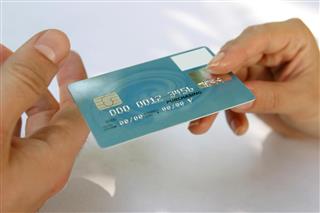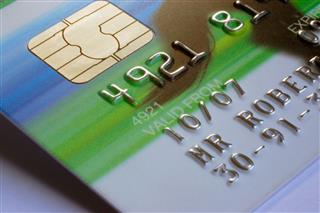Smart cards are becoming increasingly popular due to their compact sizes and various functionalities. In this article, we discuss the different types of smart cards.
A smart card is a plastic card with a microprocessor and memory embedded in it. These cards are available in various sizes, and are of different types. They can be as big as a credit card or as small as SIM cards. Some cards have only non-programmable memory in them. These cards are read-only, and the information on them cannot be changed or manipulated. The ones with a microprocessor in them have various functionalities. Here is some more on the various types of these cards.
Classification Based on Capabilities
Microprocessor-based Cards
These have greater memory storage as compared to cards without a microprocessor. The security of data on microprocessor cards is greater than any other storage device, because it has the microprocessor embedded in the plastic card along with the memory. Microprocessor-based smart cards available today have an eight-bit processor, 512 bytes random access memory (RAM), and 16 KB read-only memory. Some of them use cryptography to secure a digital identity, and have a card operating system (COS) that manages the data on the card. The card operating system makes it possible to make the smart cards multi-functional.
Memory-based Cards
These are used for applications in which the function of the card is fixed. Memory-based cards need a card reader to manipulate the data on the card. They communicate to the reader using some synchronous protocols. Memory-based smart cards have no processing power and cannot manage the data stored in them. These cards are widely used as prepaid phone cards.
Classification Based on Mechanism
Contact Cards
They are named so because they come in contact with the reader. These are usually the size of a credit card. A metallic chip is embedded inside the plastic card with a microprocessor and a memory or only with a memory. They are widely used in network security, access control, e-commerce, electronic cash, and as health cards.
Contactless Cards
As the name suggests, the contactless cards do not directly come in contact with the reader. These cards have an antenna built in the card, that is used to communicate to the reader. The working of these cards is based on radio frequency identification technology. These cards are used as parking cards, student identification, and electronics passports.
Combination Cards
These are a combination of contact and contactless smart cards. These cards can be read and written with contact or without contact with the reader. The antenna of the card is used or the contact pads are used to manipulate data. These are used as vending passes, meal passes, access control, and network security.
Proximity Cards
Proximity cards are contactless cards and they have an antenna embedded in the card. However, proximity cards are read-only cards and the information on these cards cannot be manipulated. Such cards also use radio frequency identification (RFID) technology. The applications of these cards include access control, identification, and security.
Hybrid Cards
These have more than two technologies embedded inside a single card. These cards use any two of the above-mentioned types in a single chip. Some applications of smart card require more than two technologies like the proximity card and the contact card integrated in a single chip.
Smart card technology of embedding different functions along with the basic ones is progressing rapidly. There are many benefits that are making the use of smart cards very popular.





















